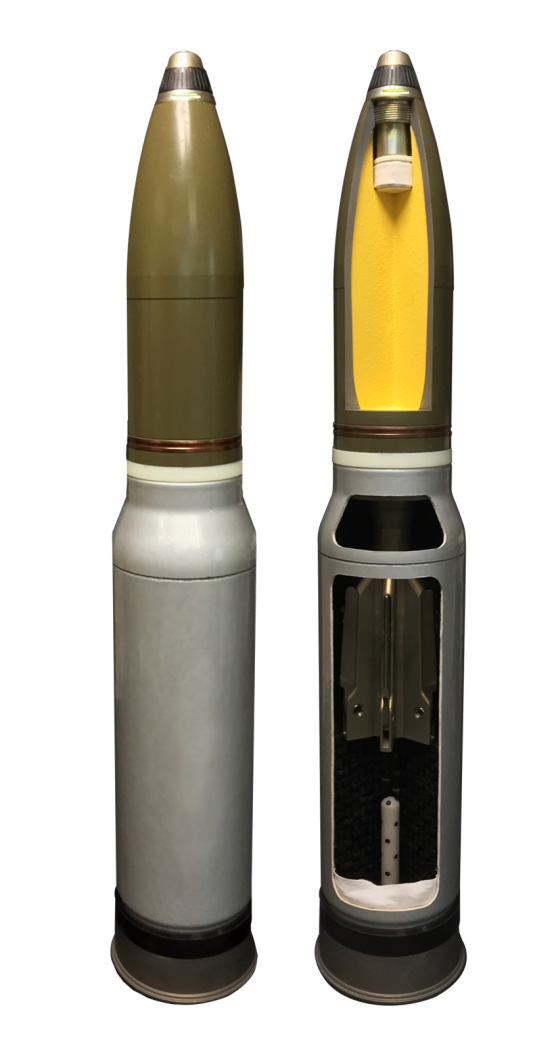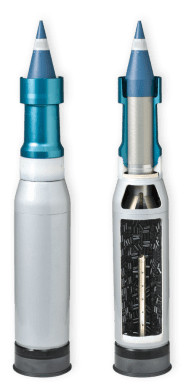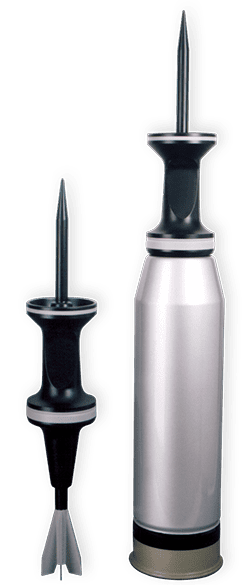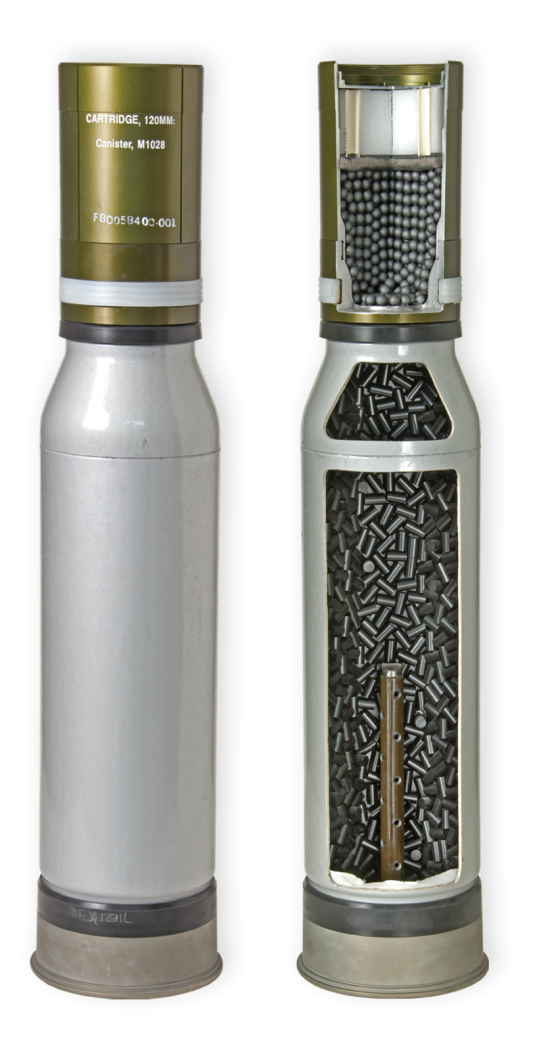Noah Corek
Cocked, Locked and a Smoking Barrel






From Top to Bottom: High Explosive (HE), High Explosive Squash Head (HESH), Armor-Piercing Fin-Stabilized Discarding Sabot (APFSDS), Illumination (I), Canister (C) and Smoke/White Phosphorus (S/WP)
- Intent: To create a line of ammo to go with the VRPC-01 and other weaponry
- Image Source: Sources: One - Two - Three - Four - Five - Six
- Canon Link: N/A
- Permissions: N/A
- Primary Source: Small Caliber Version
- Manufacturer: Hekler'Kok Defense Industries
- Affiliation: Hekler'Kok Defense Industries
- Market Status: Open-Market
- Model: Large Caliber Ammo Line
- Modularity: Various Different Warhead Types and Cartridge Sizes
- Production: Mass-Production
- Material: Heat-Resistant Polymer (Shell Casings), Durasteel (Shell Jacketing and) Baradium (HE), Detonite (HESH), Depleted Baradium (APFSDS), Parachute Flare (I), Alusteel (C) and White Phosphorus (S/WP)
- Comes In a Variety of Calibers
- 20mm
- 25mm
- 30mm
- 35mm
- 40mm
- 75mm
- 90mm
- 105mm
- 120mm
- 155mm
- 180mm
- 210mm
- Programmable Fuse (Airburst, Impact and Timed)
- Polymer Shell Casing
- Wide Variety of Roles: The ammunition line has access to a wide variety of shells from warheads designed for anti-infantry to those designed to armor penetration
- Storage Issues: While a blaster simply requires a power cell and gas canister, ammunition like this requires actual storage space, storage space that could possibly be hit in combat
In conjunction with the development of the VRPC-01 the Hekler'Kok design team began to also work on a line of ammunition that the cannon could utilize. They first began with deciding the materials for all the shells, they decided on re-using the same heat-resistant polymer as they used for their ammunition line and durasteel for each shells jacketing.
Once the basic materials were out of the way they began deciding on the exact types of shells they would create. In the end they decided on using six different types of shells: High Explosive, High Explosive Squash Head, Armor-Piercing Fin-Stabilized Discarding Sabot, Illumination, Canister and Smoke/White Phosphorus.
The first one they worked on was High Explosive and this was rather simple. Just a typical explosive ammunition made out of Baradium and designed to blow things up, be they people, buildings or vehicles.
The next was High Explosive Squash Head. This shell was designed for use against hard targets aka bunkers, fortified positions and even some armored vehicles, to do this they filled the core of the shell with Detonite since it was more malleable and better suited to the control demolitions need in a HESH round.
The third shell is the Armor-Piercing Fin-Stabilized Discarding Sabot, the main anti-armor shell of the line. Essentially a long made of Depleted Baradium dart this is stabilized by fins as to achieve a longer range, its main destructive and penetrative force comes not from explosive power but the sheer kinetic energy and velocity as well as the density of the Depleted Baradium.
The fourth shell is the Illumination shell, a rather novel shell designed to provide light in an otherwise dark environment. The shell consists of a parachute flare that is launched out of the warhead when it reaches a certain arc in its trajectory. Besides lighting up darkness the shell also has the effect of disrupting IR imaging systems.
Next came the Canister shell, an extremely effective anti-infantry shells. The Canister shells basically amounts to a massive shotgun shell, the casing at the head of the shell is filled with 1,000 10mm Alusteel balls designed to tear through masses of infantry, some forms of cover and even some un- or lightly armored vehicles.
The sixth and final shell is the Smoke/White Phosphorus shell. While the actual purpose of the shell is to dispense its smoke causing white phosphorus over a rather large area. A side effect of using white phosphorus however is that it is an incendiary compound and will burn whatever it comes into contact with, be it people, buildings or vegetation.
Last edited:









